Where Gumbo Was (#431)
This week Gumbo visited the town of Coburg in northern Bavaria. Congratulations to George G, who guessed the mystery location correctly.
The photo at the top shows Coburg's Marktplatz (Market Square), situated right in the centre of town. It is still used for its original purpose - a couple of hours earlier the square had looked like this:
Whilst there were quite a few people buying fruit, vegetables, and garden plants here, the major attraction looked to be the two sausage stands on the edge of the market.
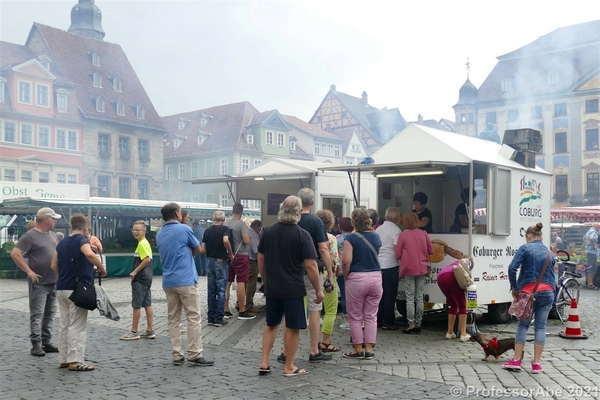
They were creating copious amounts of smoke—the source of which revealed itself to be the pine cones they used for the grill.
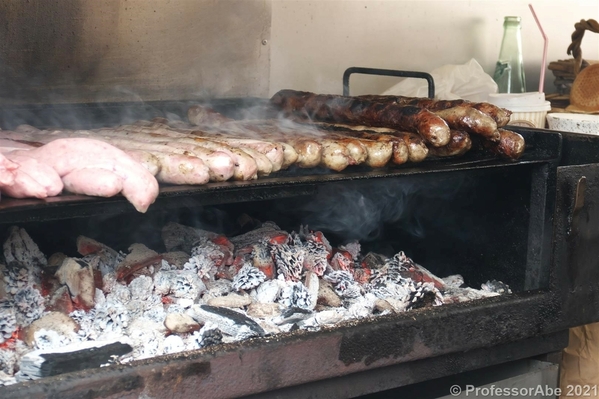
I cannot comment on whether the cones produced a particularly good Bratwurst—it was too early for us to try one— but the locals certainly appeared to think so.We visited Coburg on a day trip from nearby Bamberg. Shortly after we arrived, we caught sight of this unusual emblem on the wall opposite the car park:
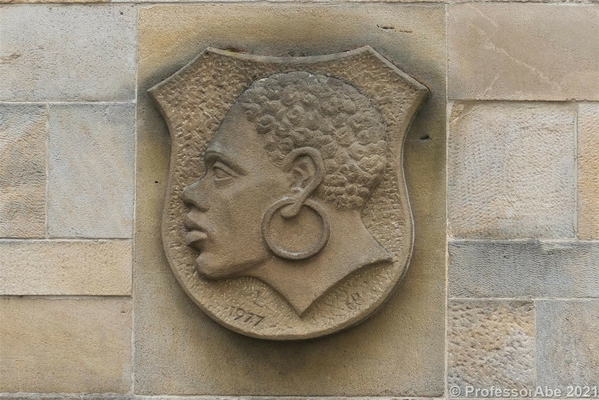
Only a few metres further on we came across the same image on a manhole cover.
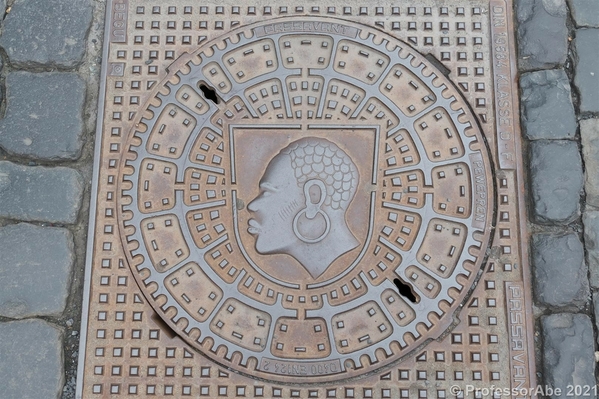
It later turned out to be omnipresent throughout the town - which is hardly surprising, because it represents Coburg's coat of arms. It certainly is different from the usual lions, eagles, or bears.
The person depicted is Coburg's patron saint, St. Maurice, the leader of a (Christian) Roman legion in the 3rd century who was executed for refusing to attack fellow Christians. His image has been used as a symbol for the city since the 14th century, but lately there has been some controversy about the way in which he is depicted on the coat of arms (as well as about his long-established local sobriquet: the 'Coburg Moor').
The statue below - in front of Coburg's 'Stadthaus' (the 16th century former ducal chancellery) - shows another person whose effigy and name you encounter frequently when walking around the town: Prince Albert of Saxe-Coburg and Gotha, the husband of Queen Victoria, who was born here in 1819.
The square pictured below is the Albertsplatz (Albert Square) and the building at the end of it is a school named after Martin Luther, who also had a link to the town (more of that later).
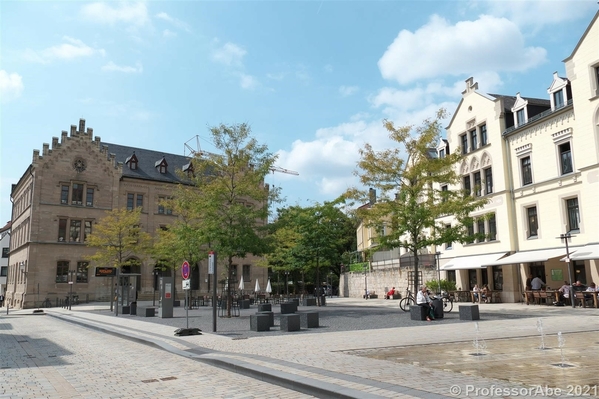
Only a few sections of Coburg's town walls are left standing, but some of the old gate buildings remain.
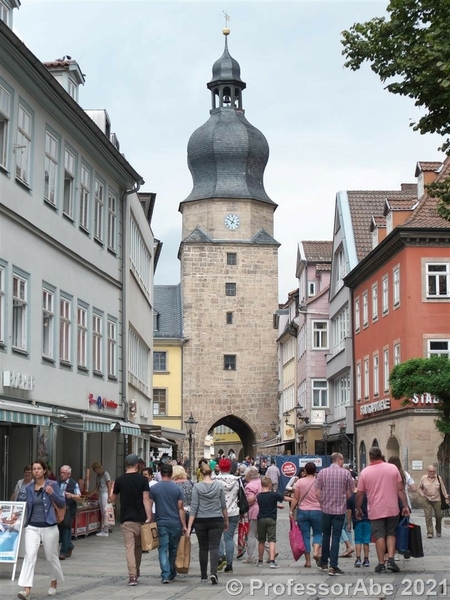
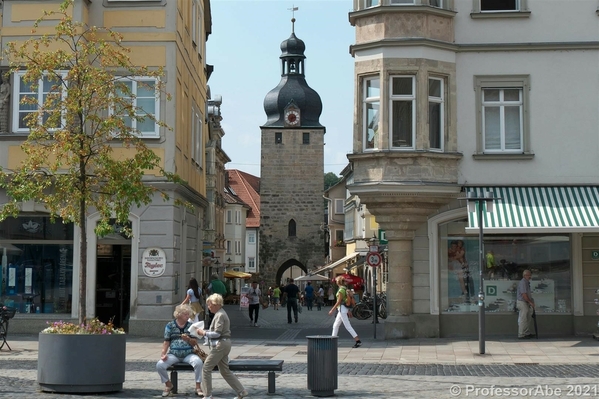
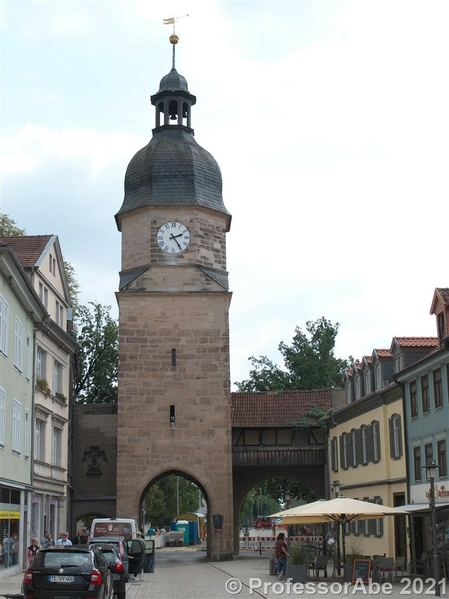
Below are a few more images of the town, starting with another perspective of the Marktplatz and two different views of the Stadthaus.
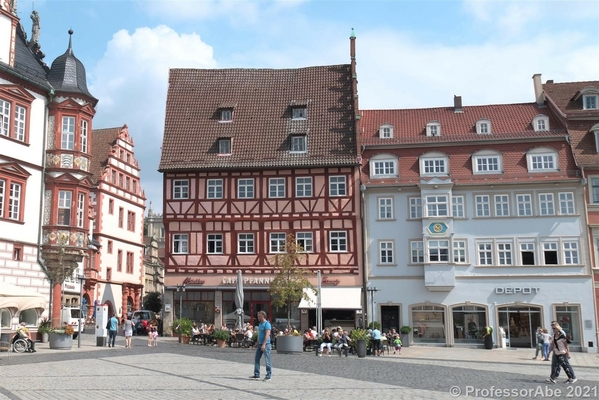
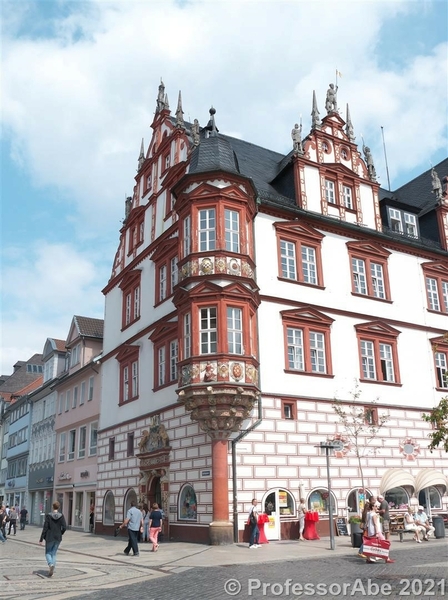
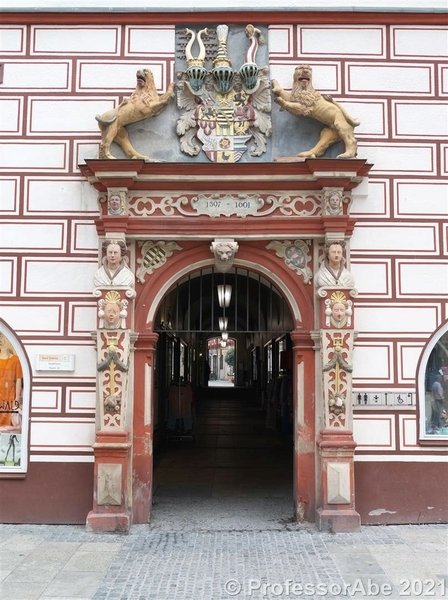
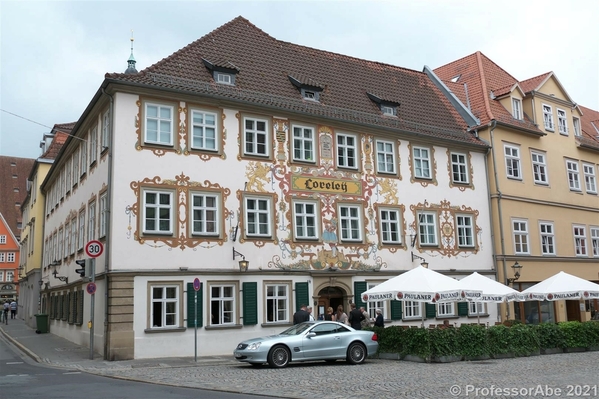
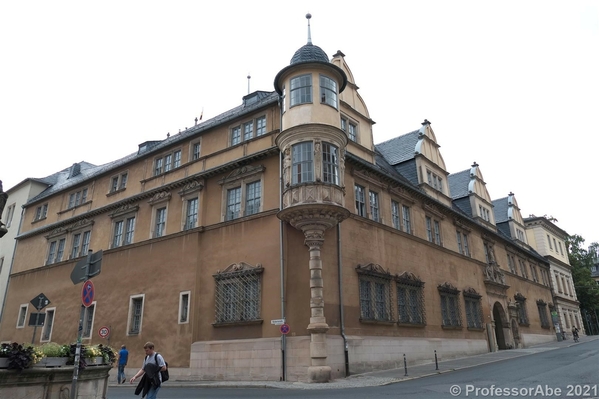
The statue in the next shot has already featured in this week's clues. It has nothing to do with the shop behind it - which is a gunsmith's - but preserves the memory of Alexander Otto, a vendor of pickled gherkins. Apparently he was a well-known and well-loved local character who used to sell his products from a bucket at beer houses and fun fairs. He was known as 'Gurken-Alex' (Gherkin-Alex), which is what the locals now call this little fountain.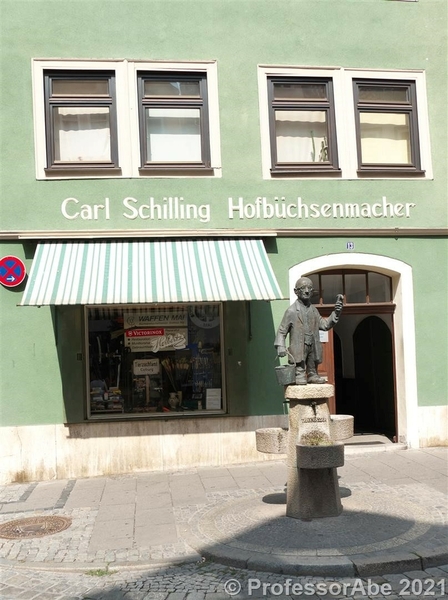
There are many attractive buildings in the town.
The church tower in the next shot belongs to Coburg's Morizkirche - 'Moriz' being the German equivalent for (St.) Maurice. Martin Luther is reported to have delivered some sermons here in 1530.
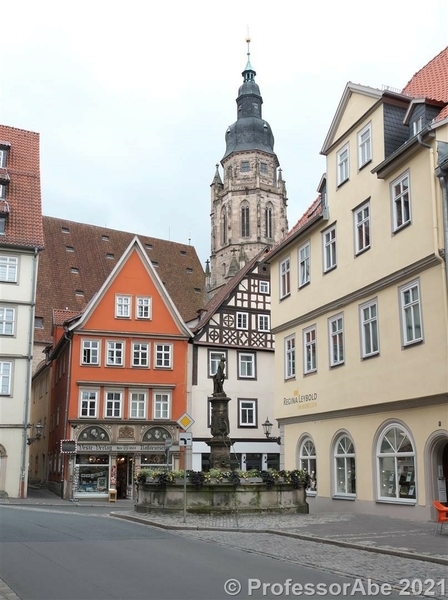
For many years the church served as the burial place for the ducal family. In 1598 the then duke had a memorial to his parents erected in the church. It is well worth seeing.
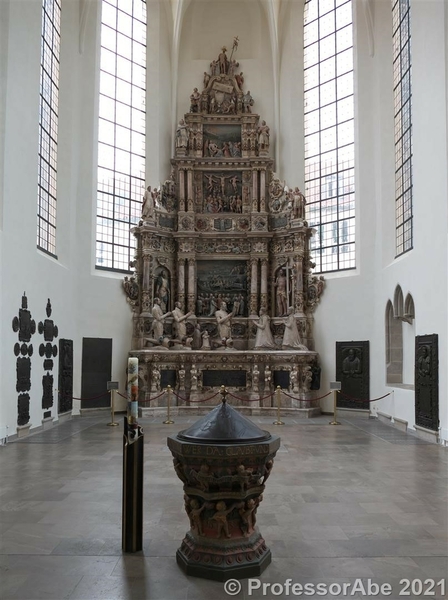
The centerpiece (enlarged below) is a representation of the ducal family at prayer.
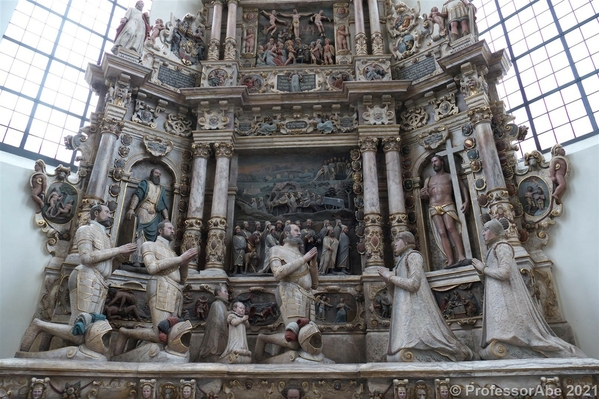
A short walk from the church takes you to the Ehrenburg Palace, the erstwhile town residence of the Coburg dukes. Originally constructed in 1543, it was rebuilt in the 1690s and acquired its neo-Gothic facades in the 19th century. Prince Albert spent part of his childhood here.
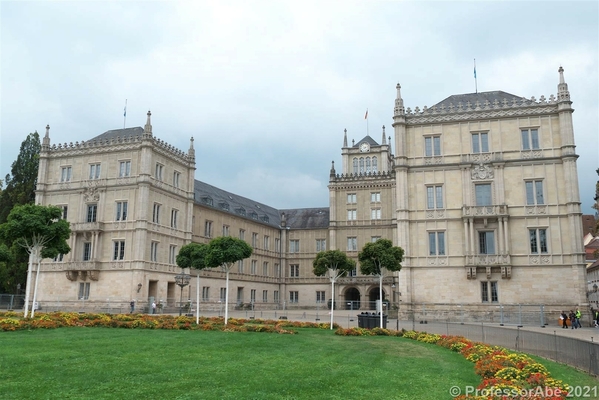
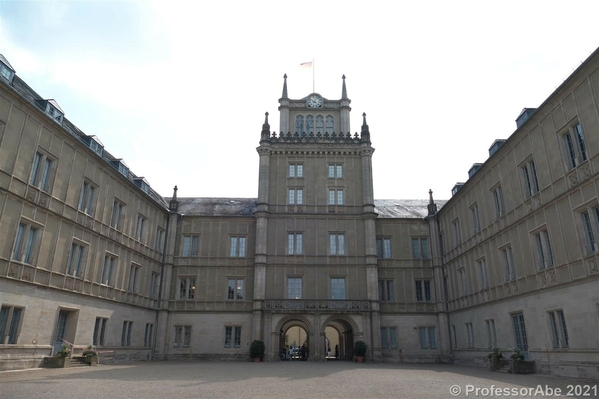
If you look carefully at the first photo of the Palace, you might notice some barriers. They had been erected in preparation for a series of open air concerts which were due to take place several days later. Rather annoyingly, nobody had given any thought to leaving gaps that would allow people to get through in the meantime. Things we were interested in seeing, therefore, were either blocked off completely or required lengthy detours. We decided to cut our losses and headed back to the car and a short drive to Coburg's 'Veste' (old German for 'Fortress').
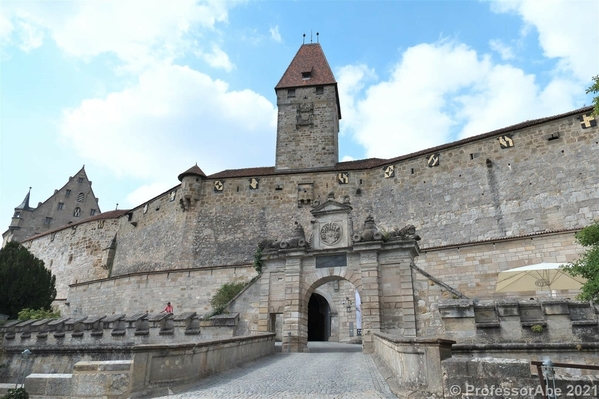
The fortress sits on a hill overlooking the town. There has been some sort of castle here since the 13th century, but the fortifications were rebuilt and extended many times over the centuries. It is one of Germany's largest castles.
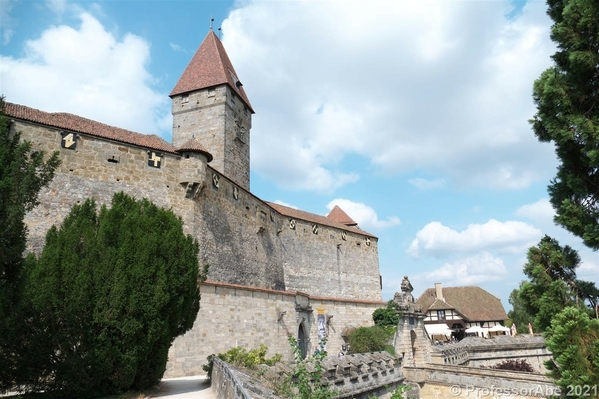
An old sign in one of the courtyards is a reminder of the complex history of the area and Germany in general. The sign bears the insignia of the Duchy of Saxe-Coburg. Even after the creation of the German Empire in 1871 there were 26 states, including 4 kingdoms, 11 duchies and grand-duchies, 7 principalities, etc.. Coburg had remained the capital of the southern part of the Duchy of Saxe-Coburg and Gotha throughout the first World War. In 1918 the Duke was forced to abdicate and two years later, after a referendum, Coburg and its region joined Bavaria (the alternative would have been to become part of the newly created Thuringia just to the North).
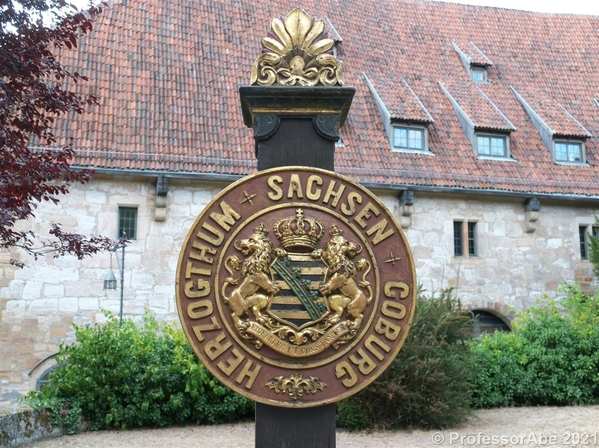
The Duke was allowed to live at the Veste for the rest of his life. There was significant damage to the fortress in the final days of World War II, but, as the photos below illustrate, the Bavarian authorities have done an excellent job restoring the buildings.
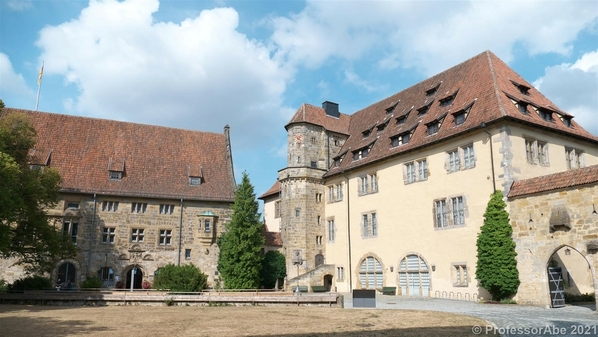
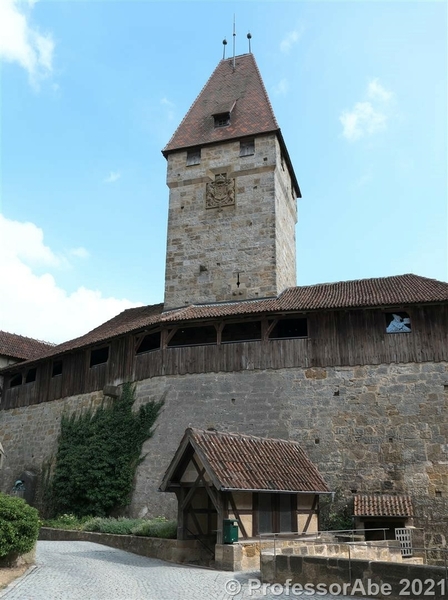
In 1530 Martin Luther sought refuge at the Veste from his persecutors in the Catholic church. He spent almost six months here, continuing his translation work on the Bible.
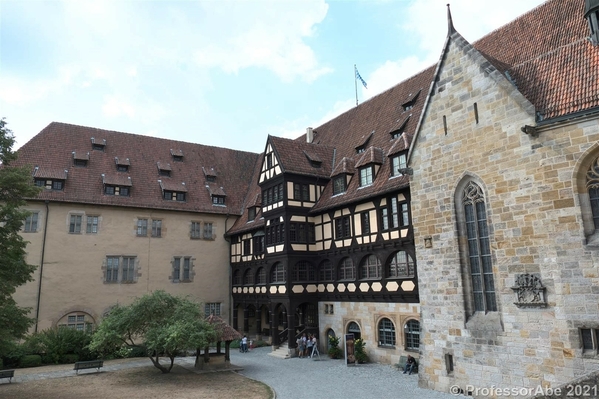
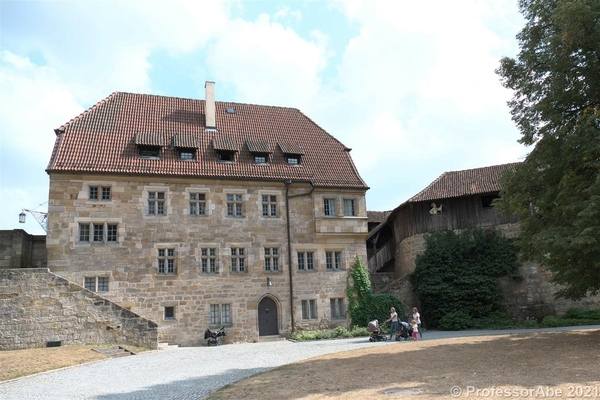
The Veste has everything you expect to see in a fortress, including a portcullis and some cannons.
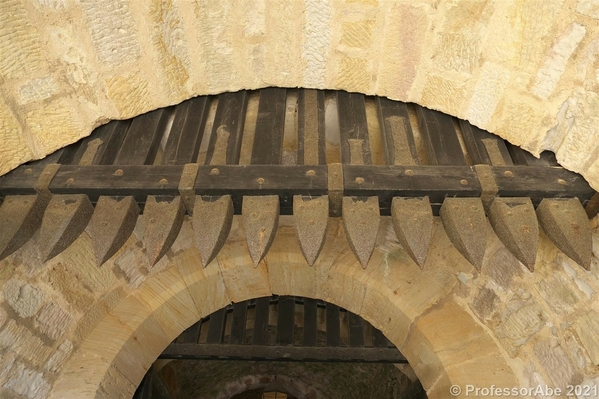
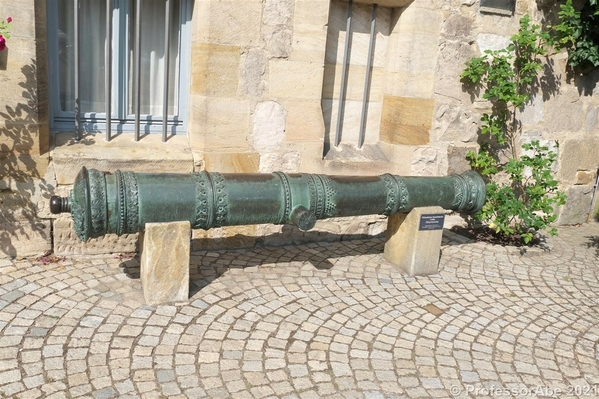
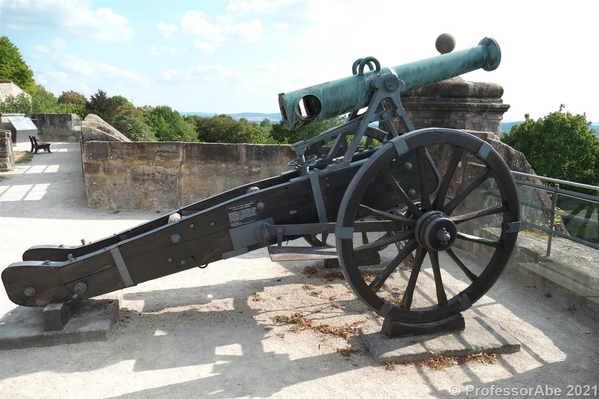
There are extensive view from the ramparts across the surrounding plains.
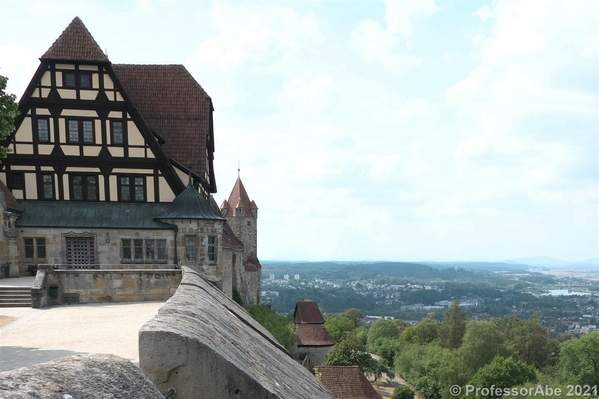
The weather had been a bit changeable during the day, but as we left I was able to take a photo of the back of the castle with the sun directly on it.
Admission to the grounds, incidentally, is free, but there is a charge if you want to visit the museum and art collection inside. Being somewhat footsore by mid-afternoon, we opted for refreshments on the castle terrace instead.

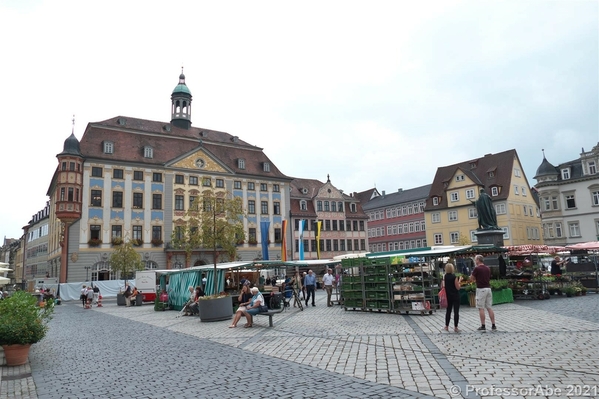
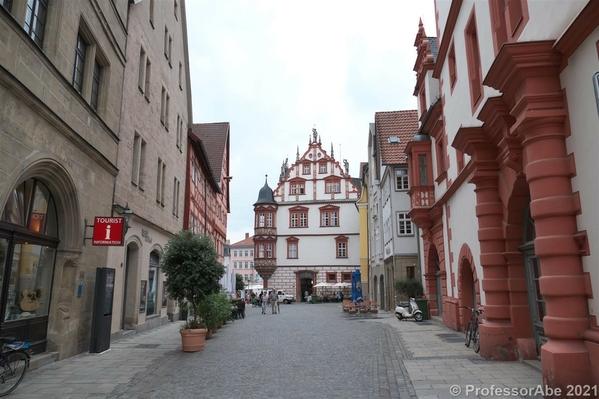
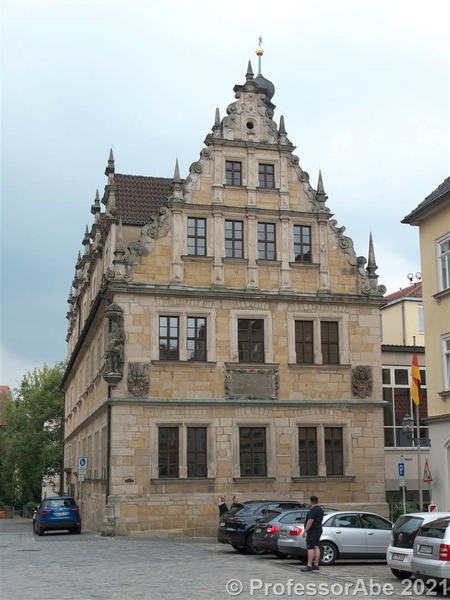
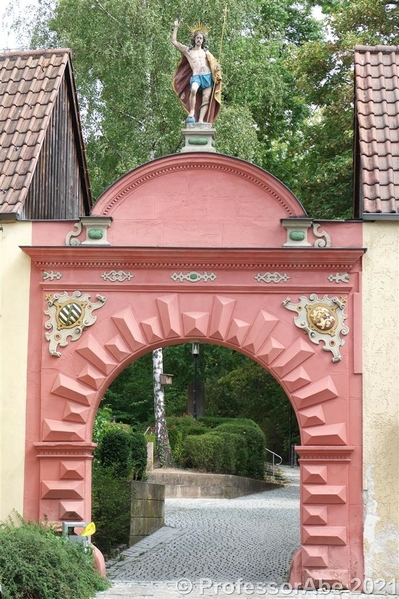
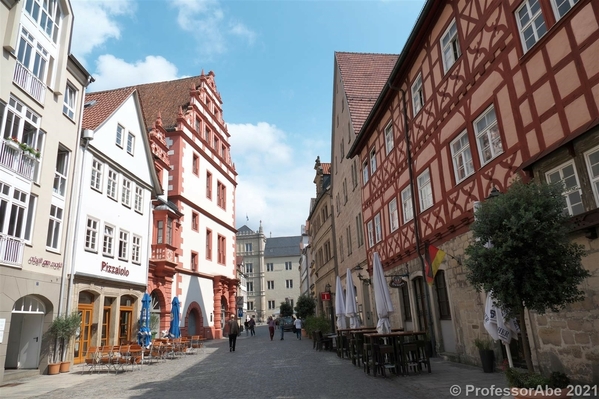
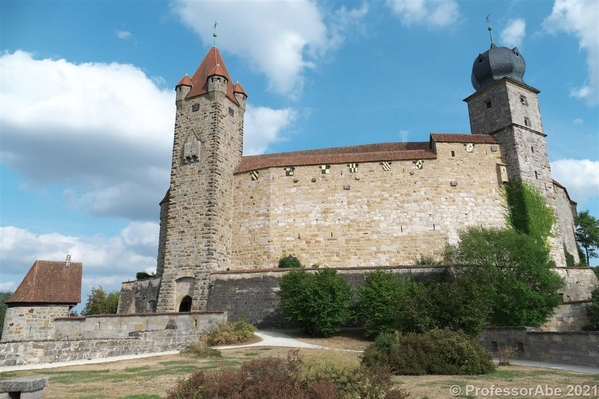
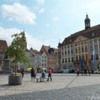
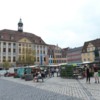
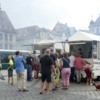
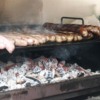
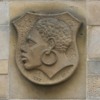
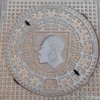
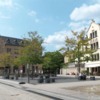
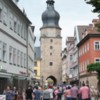
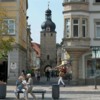
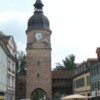
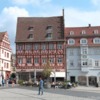
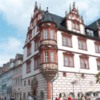
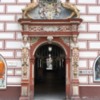
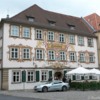
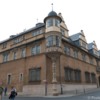
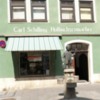
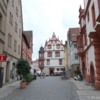
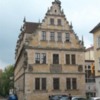
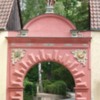
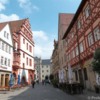
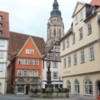
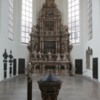
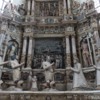
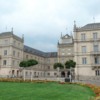
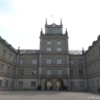
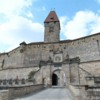
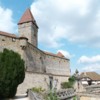

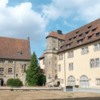
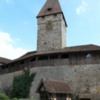
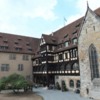
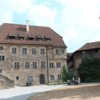
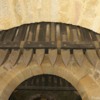
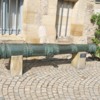
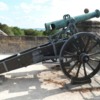
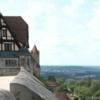
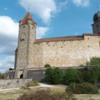
Comments (2)